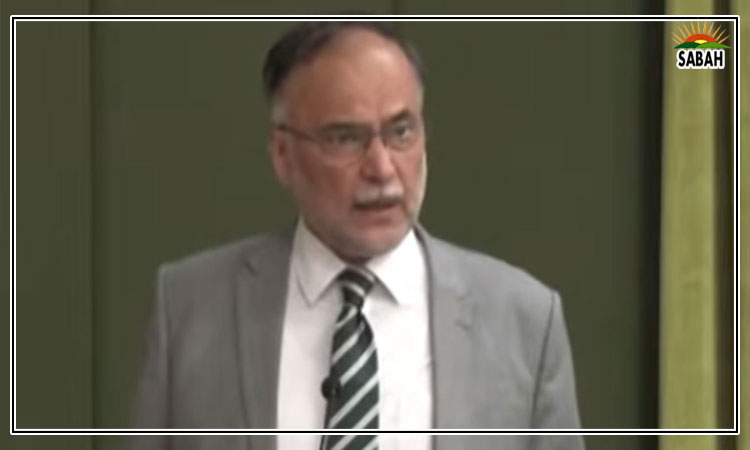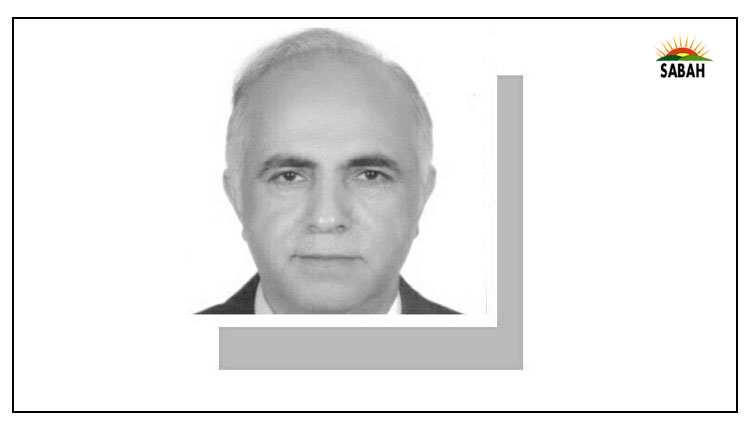Mystical doors…Jan-e-Alam Khaki
PEOPLE approach religion with multiple perspectives, based on their inclinations, interests, backgrounds, and perspectives. John Renard tells us that there are Seven doors to Islam. Looking at history, one would be inclined to believe that there may be 70 or even 170 ways Islam could be interpreted. Maulana Rumi stretches it to as many as there are human beings.
In the House of Islam, one can categorise three major doors of entry. One is exoteric, which adheres to literal truths, with a strong focus on external performances, and consistency in ritual performances, refusing to admit any inner dimensions or interpretations of faith. The second is the rational door, interpreting Islam through rational processes. It claims that Islam can be better understood through applying a rational approach. Defenders of Reason in Islam demonstrates the perspectives of this approach.
There is the third door, that is often described as mystical, spiritual (ruhani), esoteric (batini), or gnostic (irfani). This approach sees faith as essentially spiritual, and has to be approached as something more esoteric that requires an additional effort beyond the literal. Traditionally, this door has been called the path or tariqa. It leads to unity (wahda), wherein the lover (ashiq) and beloved, (mashuq) are fused at the stage of fana (annihilation) leading to baqa (affirmation) or Fana Fillah Wa Baqa Billah (Mystical Dimensions of Islam).
Many thinkers have tried to connect these major paths through different angles. In his Reconstruction, Iqbal divides religious life into three periods: faith, thought and discovery. In the first period, religious life appears as a form of discipline which the individual or a whole people must accept as an unconditional command without any rational understanding of the ultimate meaning and purpose of that command. The second stage, Iqbal thinks, is characterised by a perfect submission to discipline, and is followed by a rational understanding of the discipline and the ultimate source of its authority.
To Iqbal, the Quranic revelation is an experience.
In the third period, Iqbal argues, metaphysics is displaced by psychology, and religious life develops the ambition to come into direct contact with the Ultimate Reality. It is here that religion becomes a matter of personal assimilation of life and power; and the individual achieves a free personality, not by releasing himself from the fetters of law, but by discovering the ultimate source of the law within the depths of his own consciousness.
Similar to these categories, Sufis, too, divide religious life into three stages: sharia, tariqa, and haqiqa. Still more interesting is the Christian tripartite division to which Annemarie Schimmel gives a larger canvas. She argues: mystics in every religious tradition have tended to describe the different steps on the way that leads towards God by the image of the Path. The Christian tripartite division (for example) of the via purgativa, the via contemplativa, and the via illuminativa is, to some extent, the same as the Islamic definition of sharia, tariqa and haqiqa. This means that religions tend to reflect often similar, though not necessarily the same, stages of development.
Iqbal pushes spirituality to a deeper level still. He argues that, as in the words of a Muslim Sufi no [true] understanding of the Holy Book is possible until it is actually revealed to the believer just as it was revealed to the Prophet [PBUH]. Iqbal explains this further in some of his verses, of which only one is quoted here. Tere zameer pe jab tak na ho nazool-i-Kitab/ Girah kusha hai na razi na sahib-i-kashshaaf meaning unless it is revealed to your consciousness as was revealed to the Prophet, no razi, no sahib-i kashshaaf is able to untie the knots (of the secrets), referring to Fakhruddin Razi and Zamakhshari, the writer of Tafsir-i Kashshaaf, both renowned commentators of the Quran. To Iqbal, the Quranic revelation is not just a revelation, but an experience.
For Sufis, this is music to their ears, because they also emphasise experience of the heart, not just literal or philosophical debates. It is the inner experience, the irfan, the marifa, the ilm-i ladunni (Quran, 18:65) that enables one to grasp the true meaning of faith.
Echoing this perspective, in the preface of Light Within me, Allama Mohammad Hussain Tabatabai says: Gnosis (marifa or irfan) is a perfect way of worship, based on love (ishq), not on fear or hope. It is a way of understanding the inner facts of religion instead of being contented with its outward and perceptible form. The author continues to argue that, Among the followers of all revealed religions, there are individuals who follow the path of gnosis. In sum, spirituality is akin to religion, not an add-on.
Courtesy Dawn












